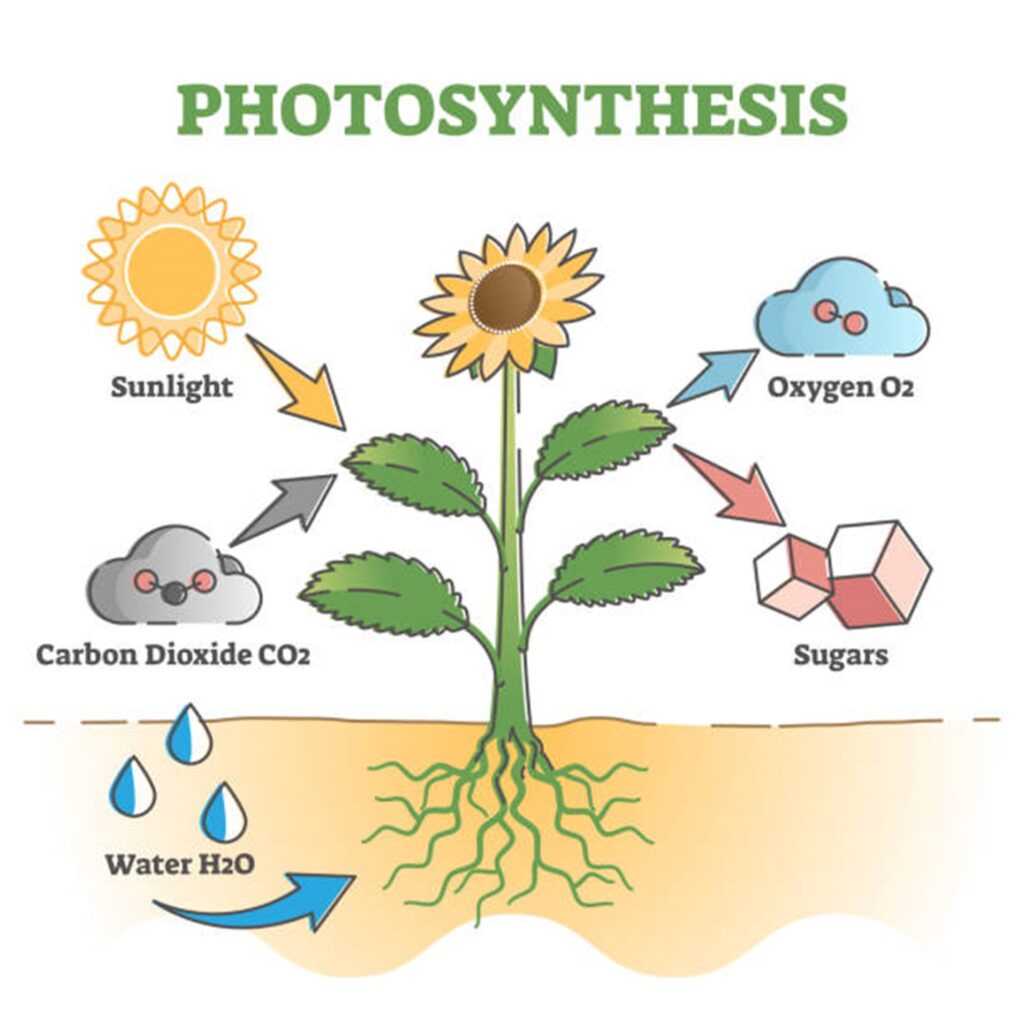
Living in Florida, it is easy to look outside and see aspects of the natural world all around. Planted in the ground, nestled into the crevices of trees, hanging from a balcony, planted in someone’s garden, and sprouting through the cracks of a sidewalk, Florida’s flowering plants can be seen almost anywhere you look. Although some of these beautiful flowers may be non-native to Florida (meaning the plant species did not originate in Florida), there are also plenty of native Florida flowers that grow naturally here. Bright beach sunflowers can be seen on the coastal lands, showing off their yellow color. Luscious coral honeysuckles can be seen all throughout Florida, maybe with a butterfly or hummingbird indulging in the flower. The peculiar swamp lily can be found in Florida all throughout wet, swamp-like habitats. There are even countless flowering trees native to Florida like the Lobolly Bay and Flowering Dogwood. These are just a few off the long list of Florida’s flowers. They are all exquisite and essential in their own way.
Florida is not the only place in the world with thousands of beautiful flowering plants. Almost every corner of the world has its own set of magnificent flowers that range in shapes and colors, all performing the same duties of a flower. That essential task of a flower is to carry the offspring of the plant so that more individuals of that species can be planted. Although the details of this process change with each kind of flower, they all carry the same basis of this job. In order for a plant to survive so that it can produce healthy offspring and exquisite flowers like this, it needs a few basic things: water, sunlight, and carbon dioxide. These are the substances that a plant needs to perform one of its most important functions, photosynthesis! Photosynthesis is defined as the process of a plant taking in water and carbon dioxide to produce glucose and oxygen as a byproduct. A long chemical equation is used to show exactly how this reaction happens, but the basis is that the plant consumes water and carbon dioxide, uses sunlight as a catalyst, and creates glucose as the main product and oxygen as a byproduct of the equation. All organisms must consume some form of glucose to produce energy and go about their normal functions. This includes humans too! Humans and other animals have the ability to search for their glucose and consume it that way. Plants, however, cannot walk around and find glucose, so they must make it for themselves. This is the purpose of photosynthesis.
Photosynthesis is a largely beneficial process because, not only does it create glucose for the plant to use as energy, but it also creates oxygen for other organisms around the plant to consume. This highlights the incredible significance of plants in the lives of humans.
Because of that, it is the duty of humans to protect these plant species and advocate for the integration of more native plants into the land. May 30th is National Water a Flower Day, so it is the perfect time to go out into nature, appreciate the beauty of the flowers around you and all that they can do, start growing some native flowering plants, and water your garden!
Do you know what plants are native to Florida? Check out this list from the University of Florida for more information on all the native plants you can grow right in your own backyard! https://gardeningsolutions.ifas.ufl.edu/plants/ornamentals/native-plants.html